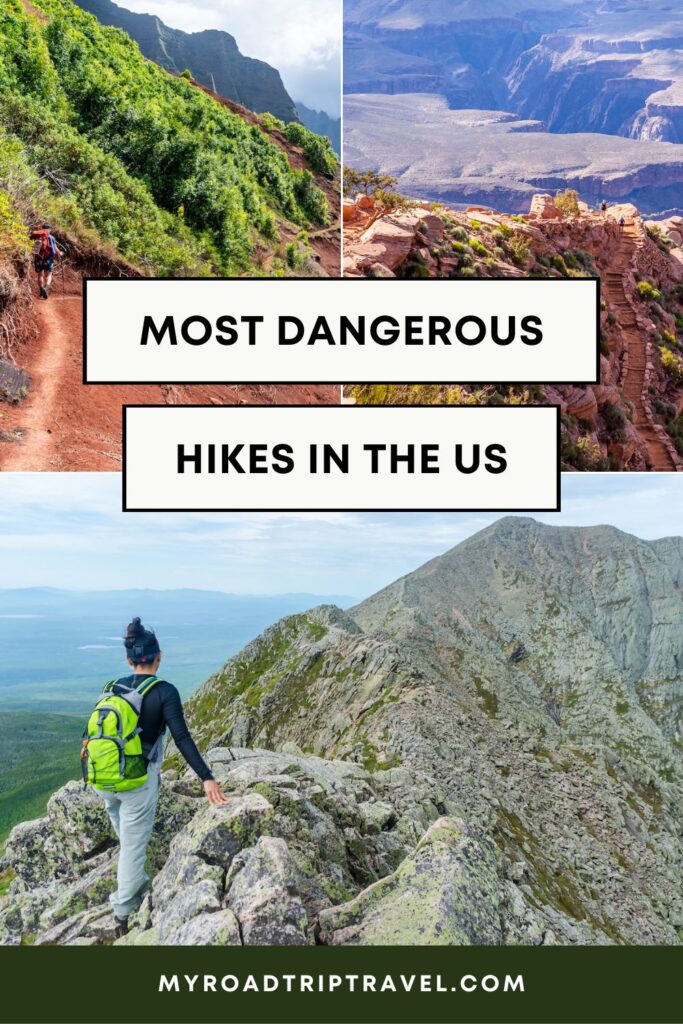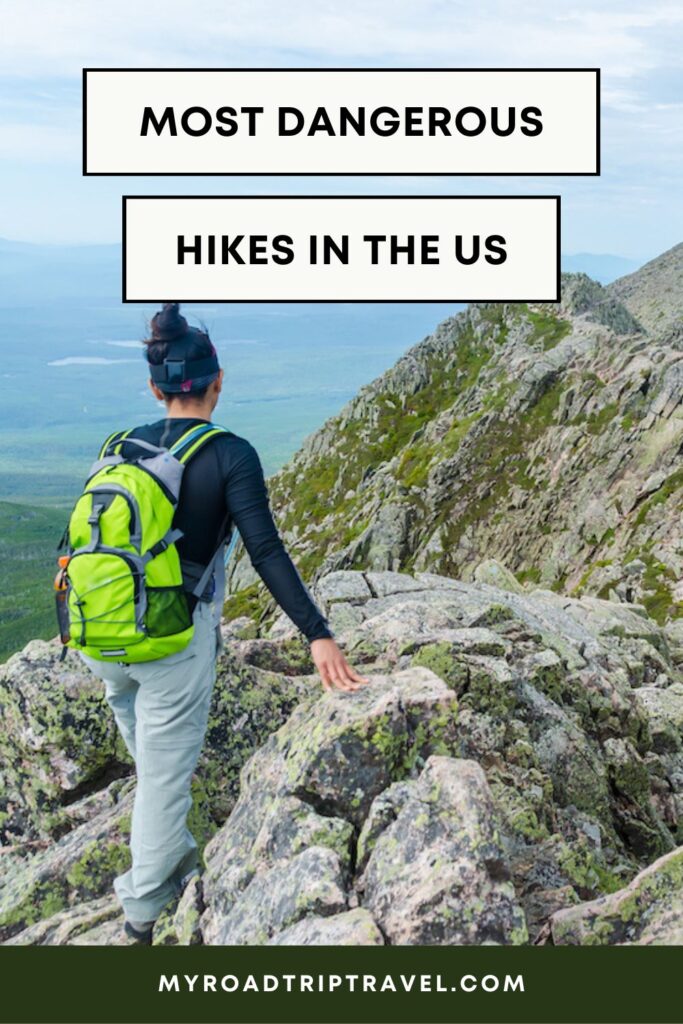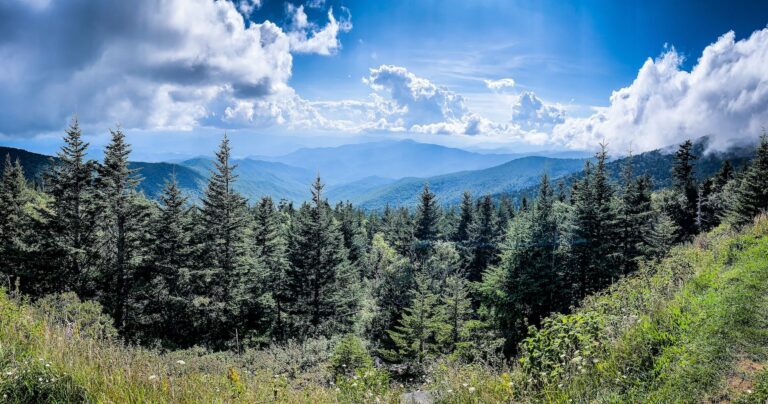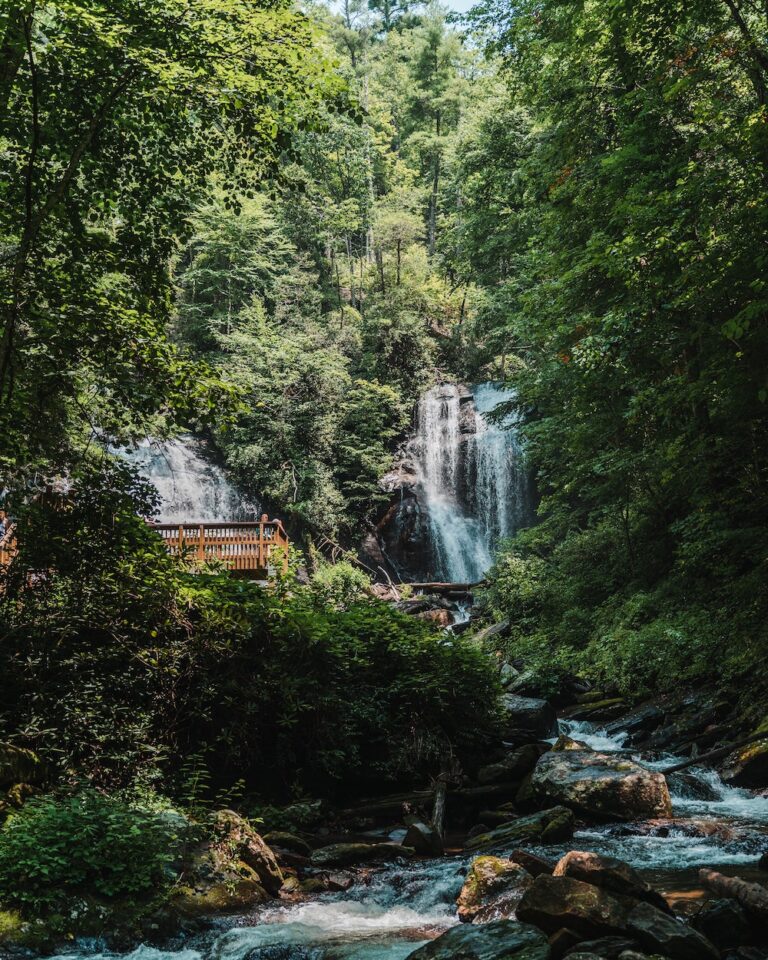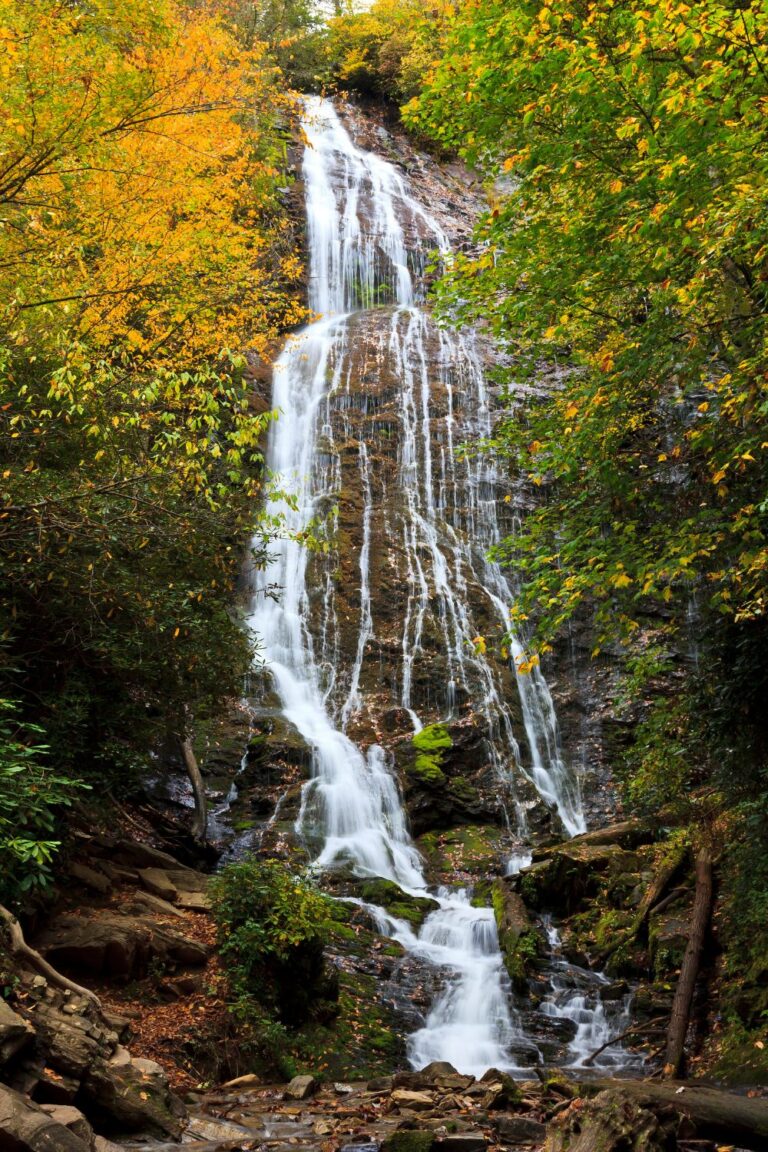16 Most Dangerous Hikes in the US: Thrilling Trails to Conquer
Embarking on a thrilling adventure can be both exhilarating and nerve-wracking. Many of the most dangerous hikes in the US offer a perfect blend of scenic beauty and hair-raising challenges. Daredevils and die-hard adventurers, this one’s for you!
As you journey through these treacherous terrains, you’ll encounter slippery cliffs, unpredictable weather, and heart-pounding heights.
It’s essential to remember that with great risk comes great reward, so prepare yourself mentally, physically, and equip yourself with the appropriate safety gear.
So, gear up and embrace the thrill of conquering America’s most dangerous hikes. And always remember, safety comes first – embrace the challenge, but take calculated risks.
Stay aware of your surroundings, know your limits, and be ready to push yourself beyond your comfort zone on these epic trails.
Analyzing the Risks
When embarking on a dangerous hike, it’s essential to be aware of the potential risks involved. Let’s take a closer look at some of the challenges you might face during your adventure.
Seasonal Challenges
During certain times of the year, the weather can significantly impact the difficulty level of a hike.
For instance, in the spring and early summer, melting snow can lead to higher water levels, making river crossings more treacherous. In contrast, the summer months can bring scorching temperatures, increasing the risk of dehydration and heat exhaustion.
To mitigate these seasonal challenges, it’s important to research the conditions of your chosen trail ahead of time, ensuring that you’re prepared for what lies ahead. Carry appropriate gear and clothing to protect you from the elements, and stay informed about weather forecasts.
Wildlife Concerns
When you venture into the wilderness, you’re entering the territory of various wildlife species, some of which can pose a threat to your safety.
Encounters with creatures such as bears, snakes, and mountain lions are a real possibility in certain areas.
To reduce the risk of negative wildlife interactions, take the following precautions:
- Make noise as you hike to alert animals of your presence
- Store food and scented items properly to avoid attracting wildlife to your campsite
- Carry bear spray in case of an encounter
- Learn how to properly react if you come across a potentially dangerous animal
Terrain Difficulties
Hikers often face challenging terrain on the most dangerous hikes in the US. Some trails, like Angel’s Landing in Zion National Park, have sheer cliffs that require use of support chains, while others, such as Half Dome in Yosemite National Park, have steep granite slopes that can be slippery when wet.
Before setting off on your hike, make sure to familiarize yourself with the specific terrain challenges you’re likely to face. Equip yourself with the necessary gear, such as hiking boots with good grip and a sturdy set of trekking poles.
It’s crucial to know your limits and not to push yourself beyond your comfort zone or abilities.
List of the Most Dangerous Hikes
Here’s a list of some of the most dangerous hikes throughout the United States:
1. Mount Washington, New Hampshire
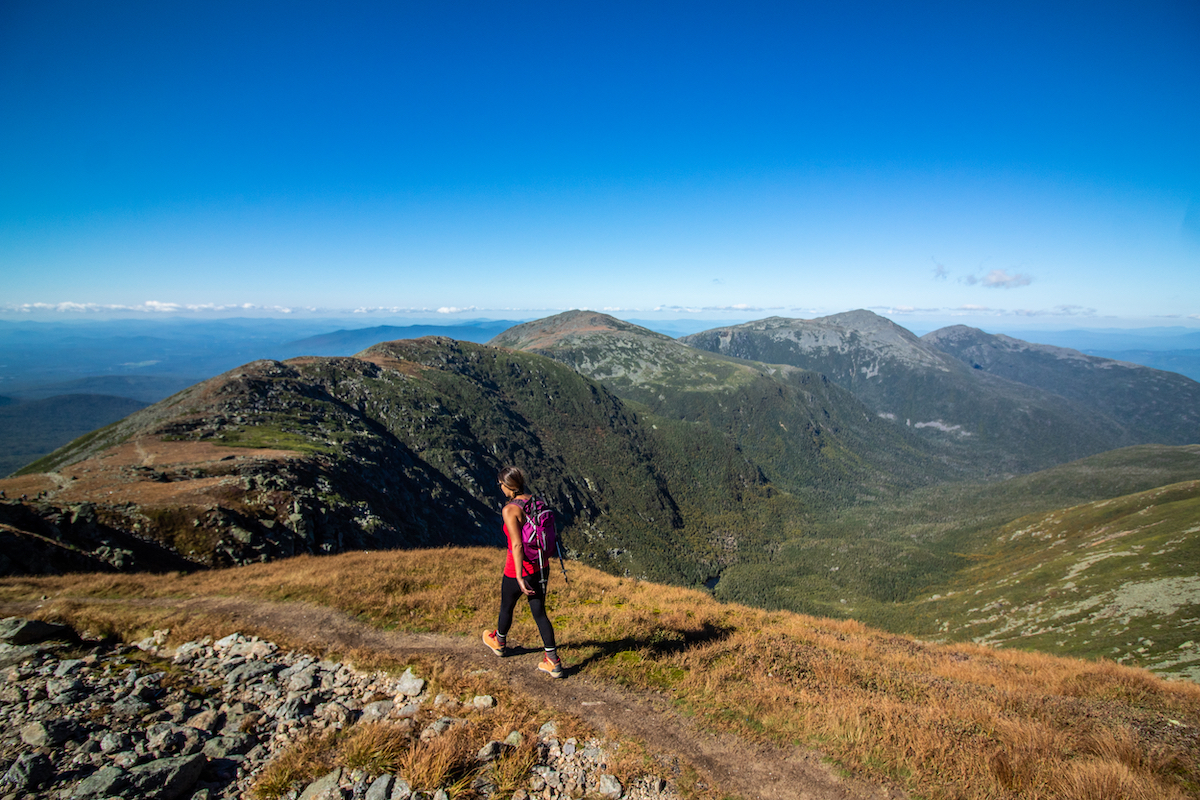
Mount Washington, located in New Hampshire, is known for its treacherous weather conditions that put hikers to the test. You might face rapidly changing and extreme weather conditions, such as freezing temperatures and high winds.
Despite these challenges, Mount Washington offers breathtaking views and a rewarding hiking experience.
When you’re on the trail, make sure to:
- Keep an eye on the weather forecasts
- Dress in layers to adapt to changing conditions
- Stay on marked trails to avoid getting lost
2. Katahdin in Baxter State Park, Maine
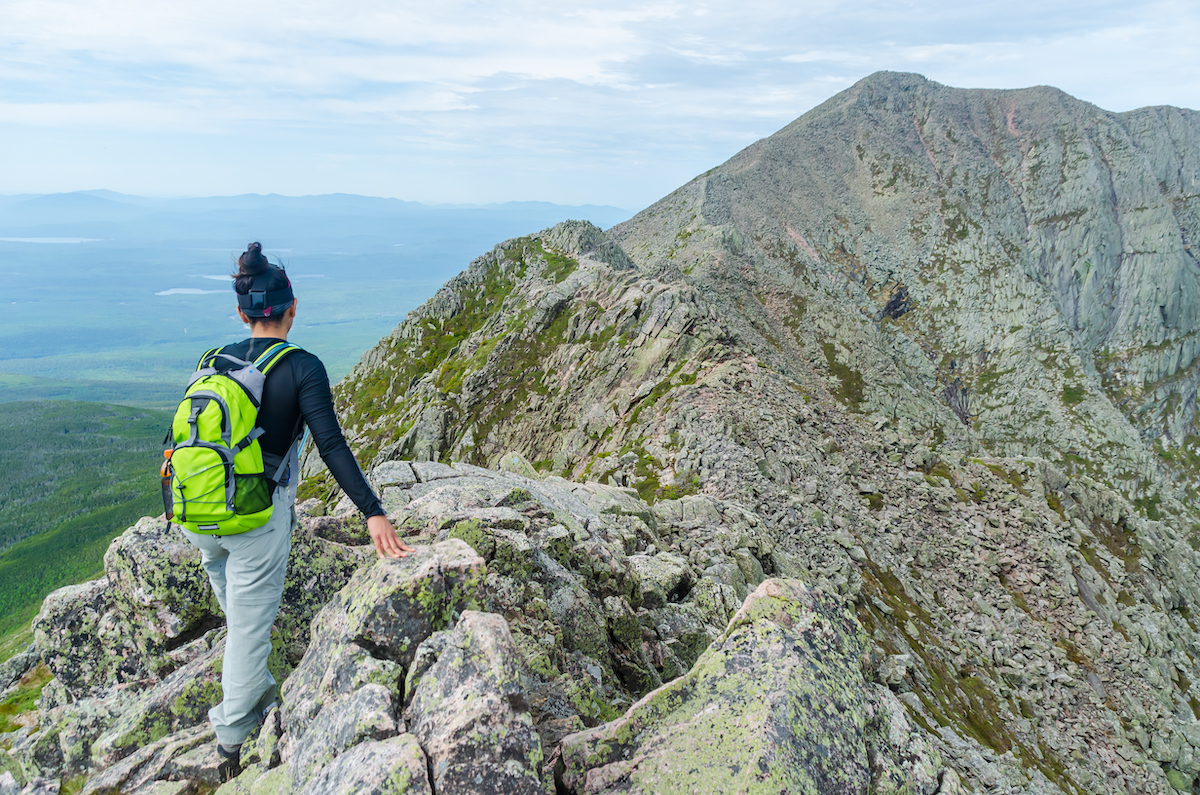
Katahdin in Maine, the highest peak in the state, offers a genuinely challenging hike in Baxter State Park.
The trail up Katahdin features steep climbs, large boulders, and exposed ridges, pushing you to use both your physical strength and mental determination to reach the summit.
The Knife Edge, a narrow ridge of rock connecting peaks, is particularly known for its adrenaline-pumping challenge.
As you tackle Katahdin, keep in mind to:
- Be prepared for steep climbing with proper footwear and gear
- Start early to allow yourself enough time to complete the hike safely
- Be cautious on exposed ridges, especially during windy conditions
With the right preparation and a can-do attitude, you’ll enjoy these challenging and beautiful hikes on the United States East Coast.
3. Longs Peak Trail in Rocky Mountain National Park, Colorado
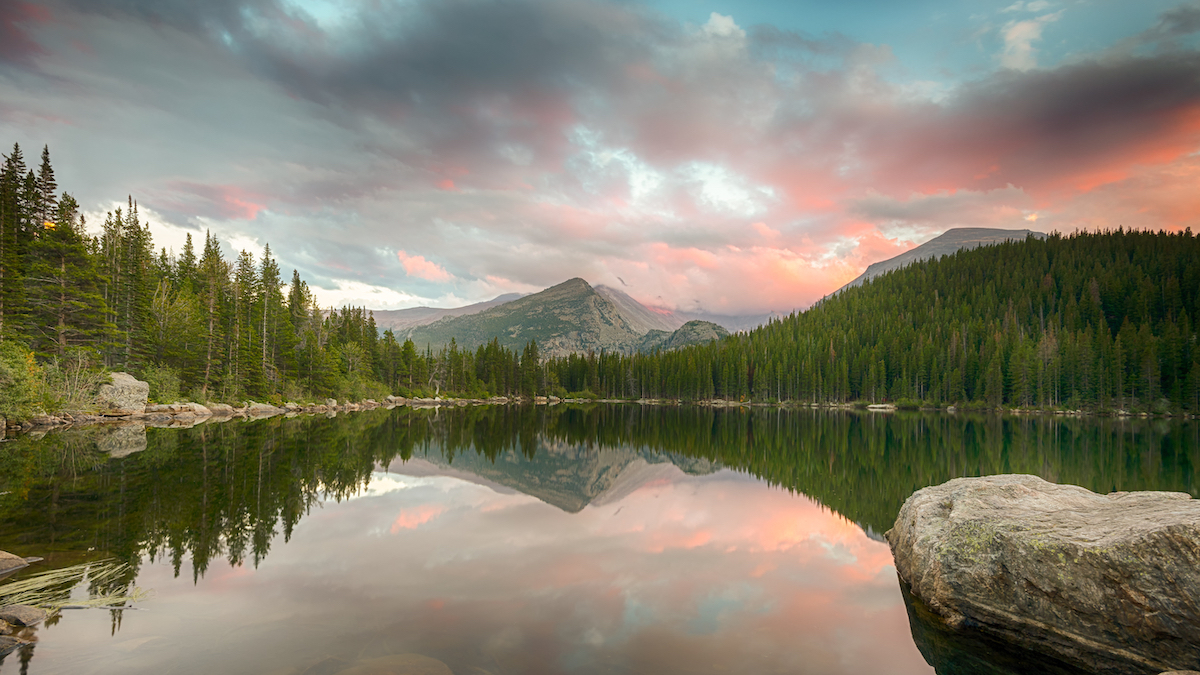
Longs Peak, located in Rocky Mountain National Park, is a thrilling and challenging hike for experienced adventurers. At 14,259 feet, it’s one of the tallest mountains in Colorado.
The Keyhole Route is the most popular path to the summit, attracting many hikers each year. While making your way to the top, you’ll encounter steep inclines, narrow ledges, and challenging rock scrambles.
Remember to start early and be prepared for changing weather conditions, as sudden storms can make the hike even more dangerous.
4. Maroon Bells South Ridge, Colorado
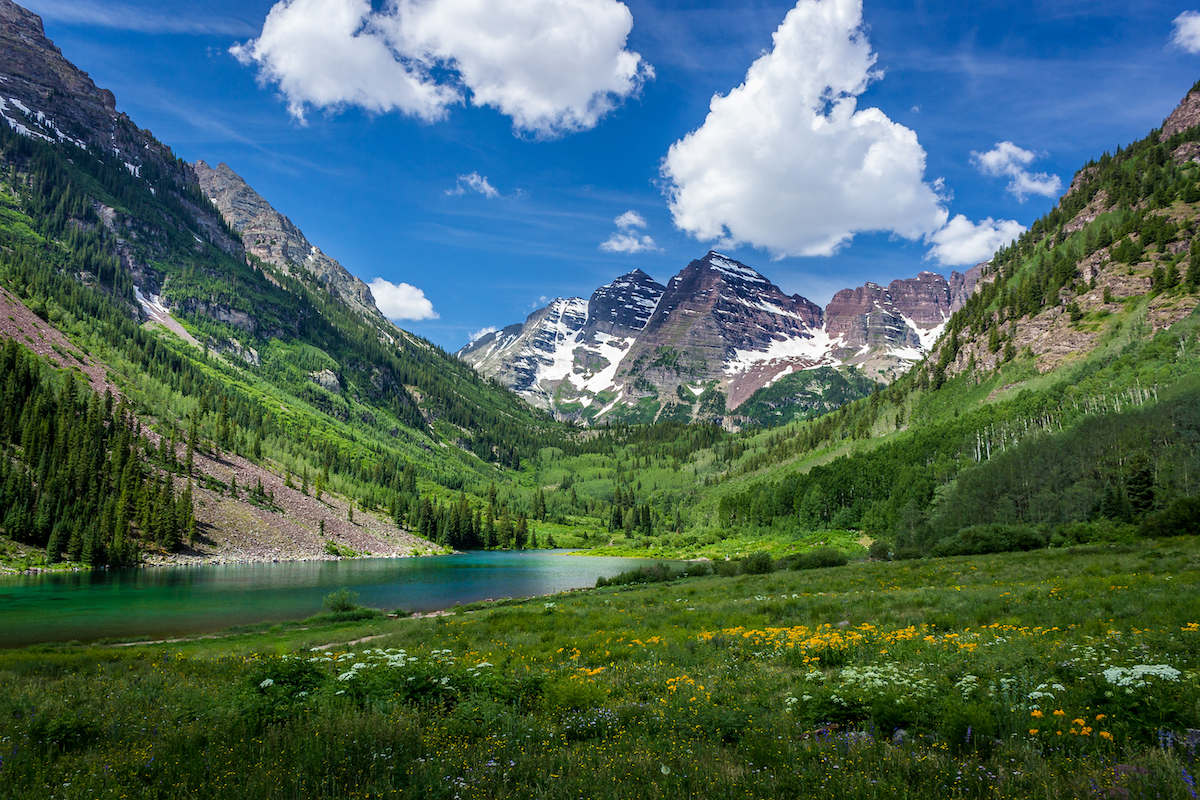
The Maroon Bells, located near Aspen, are two of the most iconic peaks in the Rockies. The South Ridge of Maroon Bells is a challenging hike requiring technical skills and a high fitness level.
Ascending the South Ridge involves navigating steep, exposed terrain and loose rock. Wearing a helmet is essential during this trek, as rockfall is a common hazard.
To increase your safety, consider partnering with an experienced mountaineer or hiring a local guide, as route-finding can be difficult in this area.
Additionally, monitoring the weather along the Maroon Bells South Ridge is crucial, as afternoon thunderstorms are common during summer.
5. Mount Rainier, Washington
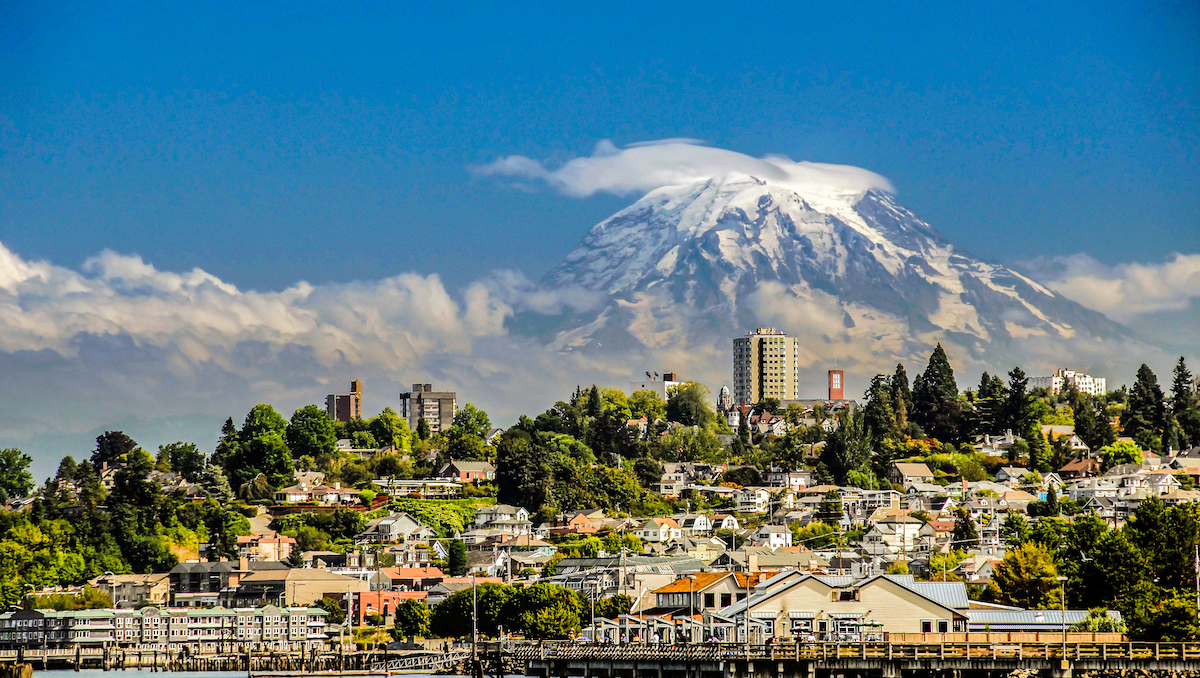
When you visit the West Coast, consider trying out the thrilling and popular hike at Mount Rainier in Washington. This active stratovolcano stands at an impressive 14,411 feet and offers a variety of challenging hikes for you and your fellow adventurers.
One notable trail is Disappointment Cleaver, which is physically demanding and technically complex. While taking on this hike, you need to be aware of the risks such as crevasses, avalanches, and rockfalls.
Always check the weather conditions and ensure you have the necessary skills, equipment, and permits before embarking on your climbing journey.
In addition, do not be shy about hiring a professional guide if you’re not an experienced mountaineer.
6. Mist Trail and Half Dome, Yosemite National Park
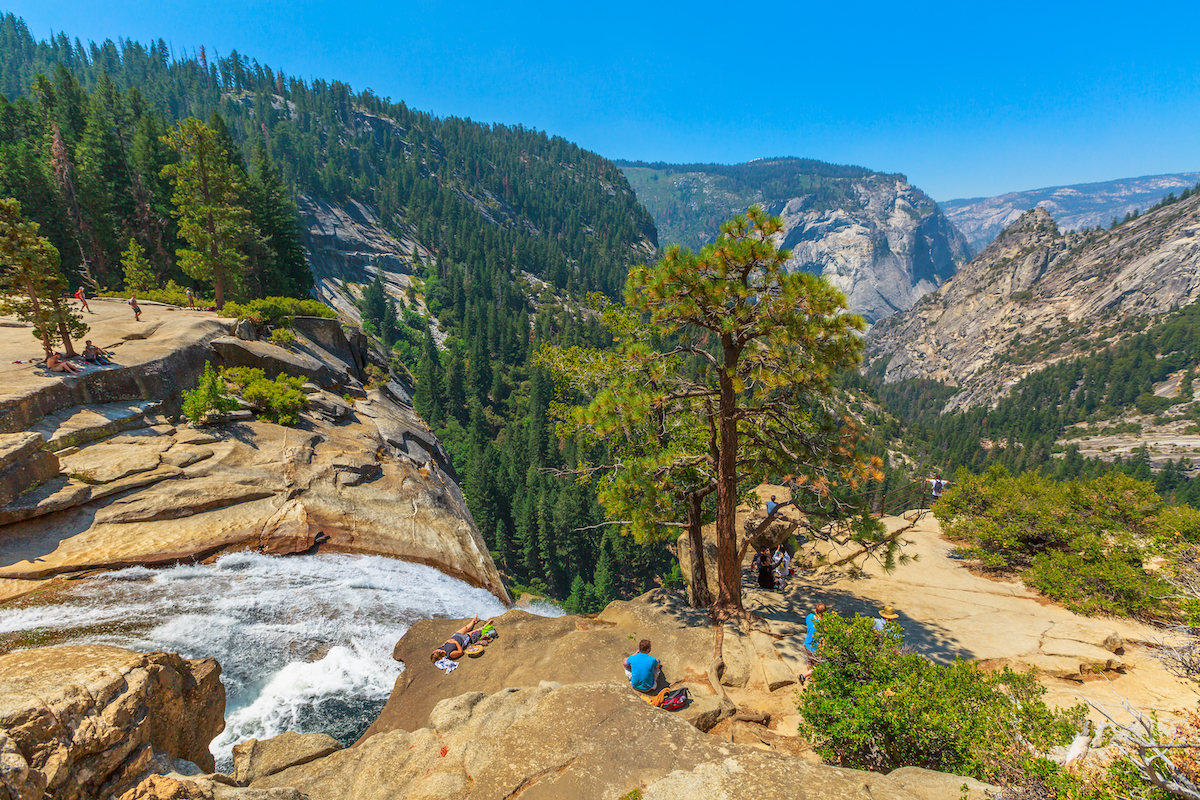
Another challenging hike on the West Coast is the iconic Half Dome in California’s Yosemite National Park. This granite dome rises more than 4,800 feet above the valley floor and its summit offers stunning views of the park’s landscape.
The most famous part of this hike is the exposed cable route, stretching over 400 feet alongside the smooth rock face.
To prepare for your hike at Half Dome, make sure to secure a day-use permit, wear appropriate footwear, and bring sufficient water and snacks.
Also, be aware that the cables can become slippery during wet conditions, so exercise caution and always follow safety guidelines in case of rain or storms.
The West Coast is a haven for those seeking adrenaline-pumping outdoor adventures. From Mount Rainier’s exhilarating ascents to Half Dome’s thrilling cable route, there’s no denying that these hikes present unique challenges.
However, with the right preparation and safety precautions, you’re in for an unforgettable experience on these spectacular trails.
7. Bright Angel Trail in Grand Canyon National Park
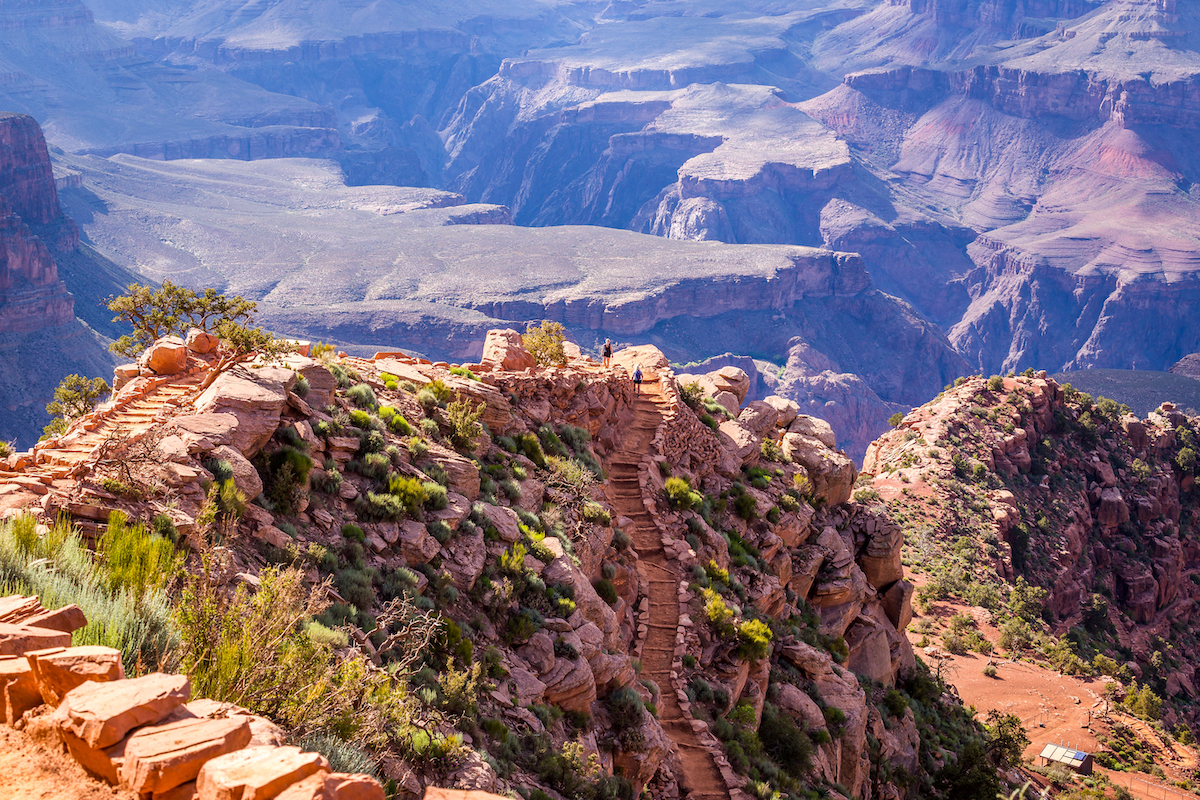
Bright Angel Trail in Grand Canyon National Park is renowned as one of the most rewarding hikes.
Beginning from the park’s South Rim and descending 4,380 feet into the heart of the Grand Canyon, the trail offers an immersive experience into the park’s stunning geology and extensive biodiversity.
The trail is approximately 9.5 miles long and characterized by long, steep switchbacks.
Key points of interest include Indian Garden, located halfway down the trail, and Plateau Point, providing a stunning view of the Colorado River.
Despite the trail’s difficulty level, ample rest houses and a year-round water supply make it a more forgiving route for those daring enough to explore the depths of the canyon.
Always remember to start early, carry enough water and snacks, and wear appropriate hiking gear.
The Bright Angel Trail challenges your endurance but equally rewards with awe-inspiring views and a unique perspective of the Grand Canyon.
8. Kalalau Trail in Hanalei, Hawaii
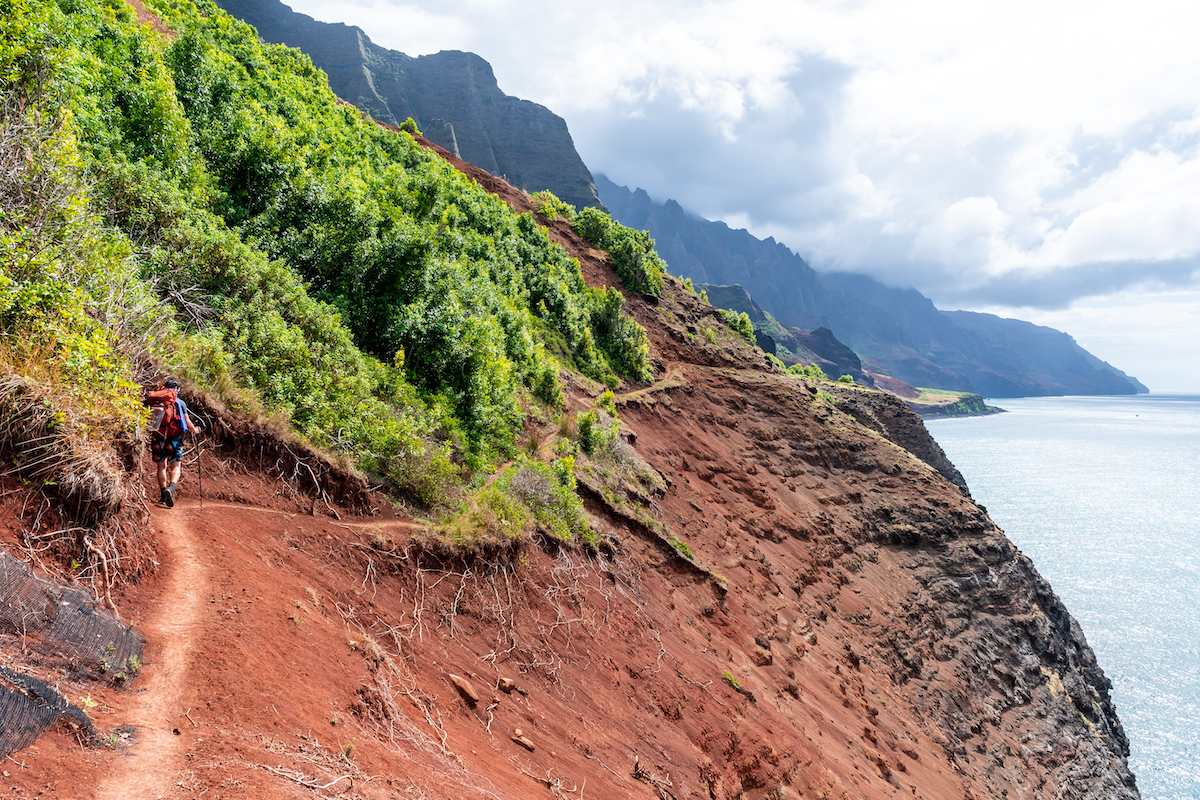
For those looking for a thrilling hike in Hawaii, the 11-mile Kalalau Trail is an imperative. It begins at Ke’e Beach near Haena State Park and winds along Kauai’s breathtaking Na Pali Coast, featuring stunning views of jagged cliffs and lush valleys.
The trail brings you to Kalalau Valley where you can explore a remote beach and waterfall.
Due to its extreme difficulty level, this hike is usually recommended only for experienced hikers, as it involves steep climbs, slippery terrain, and hazardous weather conditions.
It’s also important to note that camping on the Kalalau Trail is illegal unless you obtain a permit from Hawaii’s State Parks Division.
Before embarking on the trail, be sure to check the weather forecast and wear appropriate footwear.
The Kalalau Trail is a remarkable hiking experience, offering panoramic views of Kauai’s jungle-covered mountains and an ocean adventure like no other.
With the right gear and a bit of courage, you can have an unforgettable journey in this tropical paradise.
9. Chinitna Bay in Lake Clark National Park, Alaska
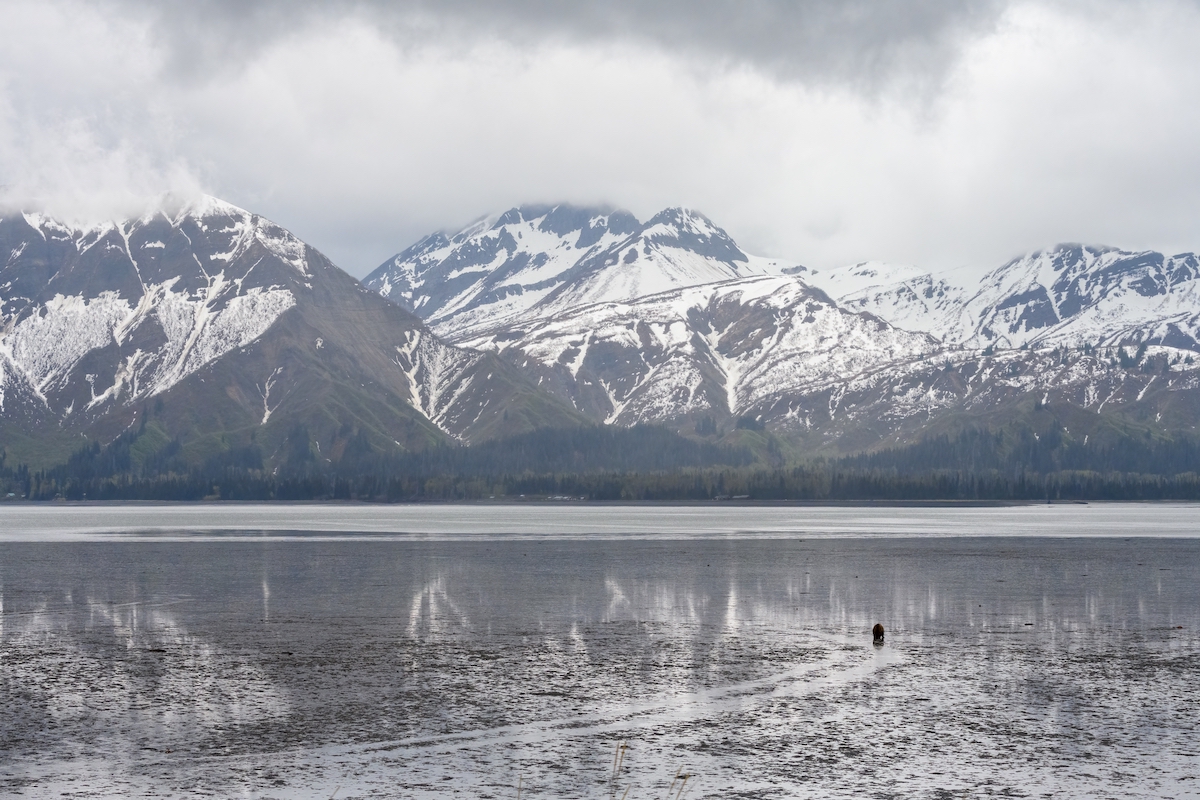
For an unforgettable experience in Alaska, head to Chinitna Bay located in Lake Clark National Park.
According to the National Park Service, there have been instances where up to twenty grizzly bears have been observed congregating in a single location simultaneously.
The trail is approximately five miles long and requires you to traverse over uneven terrain.
Due to the potential danger of encountering grizzly bears, it’s essential to always be aware of your surroundings and make noise when hiking this path.
This rugged and remote wilderness area is known for its stunning landscapes and abundant wildlife such as brown bears, moose, wolves, and eagles.
The 12-mile hike through Chinitna Bay follows an old trapper’s trail and leads to breathtaking views of glaciated mountains meeting the sea.
Along the way, you’ll pass through lush valleys and traverse across precarious ridges.
Given its remote location and rugged terrain, this trek is not for beginners.
It is advised that hikers wear appropriate footwear, carry extra supplies in case of emergency, and always stay alert for wildlife.
10. Angels Landing in Zion National Park, Utah
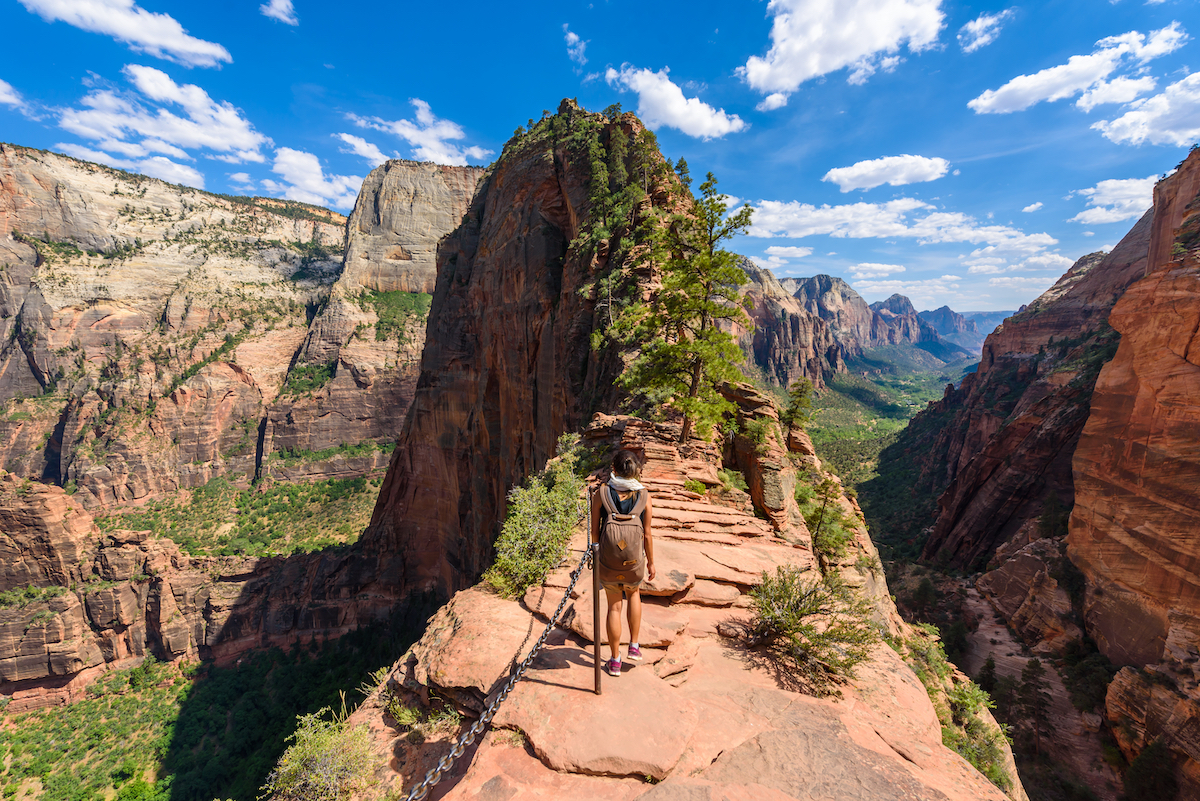
For an unforgettable adventure in the desert Southwest, head to Angels Landing in Zion National Park. This 5-mile round trip hike climbs 1,488 feet with a stunning view of the canyon below.
The trail follows along steep switchbacks before leading up to ‘Walter’s Wiggles’, a series of 21 tight zigzags on the exposed cliff face.
The final stretch is along ‘Angel’s Landing’, a famous rock fin that requires hikers to use chains for safety and stability on the steep terrain.
As with any strenuous activity outdoors, make sure you check the weather forecast, wear appropriate footwear, bring plenty of water and snacks, and always follow safety guidelines in case of rain or storms.
Angels Landing is an exhilarating experience suitable for experienced hikers.
From its stunning views of the canyon to its awe-inspiring rock formations, this hike will be a memorable journey that you won’t soon forget.
11. The Maze in Canyonlands National Park, Utah
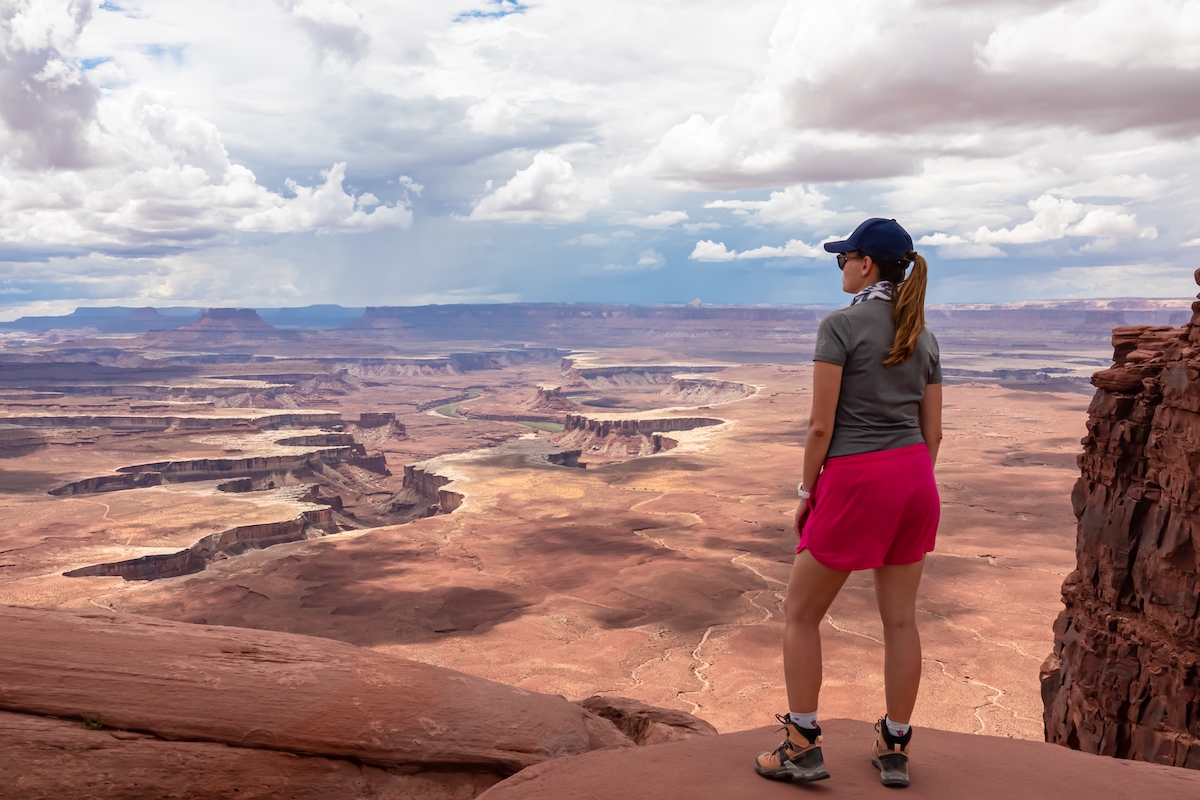
The Maze in Canyonlands National Park is a grueling hike that requires experienced hikers with off-trail navigation and route finding skills.
This 8-mile round trip trail is characterized by long spans of exposed slickrock and steep drop-offs. As the name implies, it presents a winding maze of canyons and razorback ridges.
Due to its remote and isolated location, the Maze can be extremely difficult to locate.
It’s important to always carry a map with you, wear appropriate footwear, bring enough water and snacks in case of emergency, and never hike alone.
The Maze is an unforgettable experience for those looking for a truly unique adventure in Canyonlands National Park.
12. Huckleberry Trail in Glacier National Park, Montana
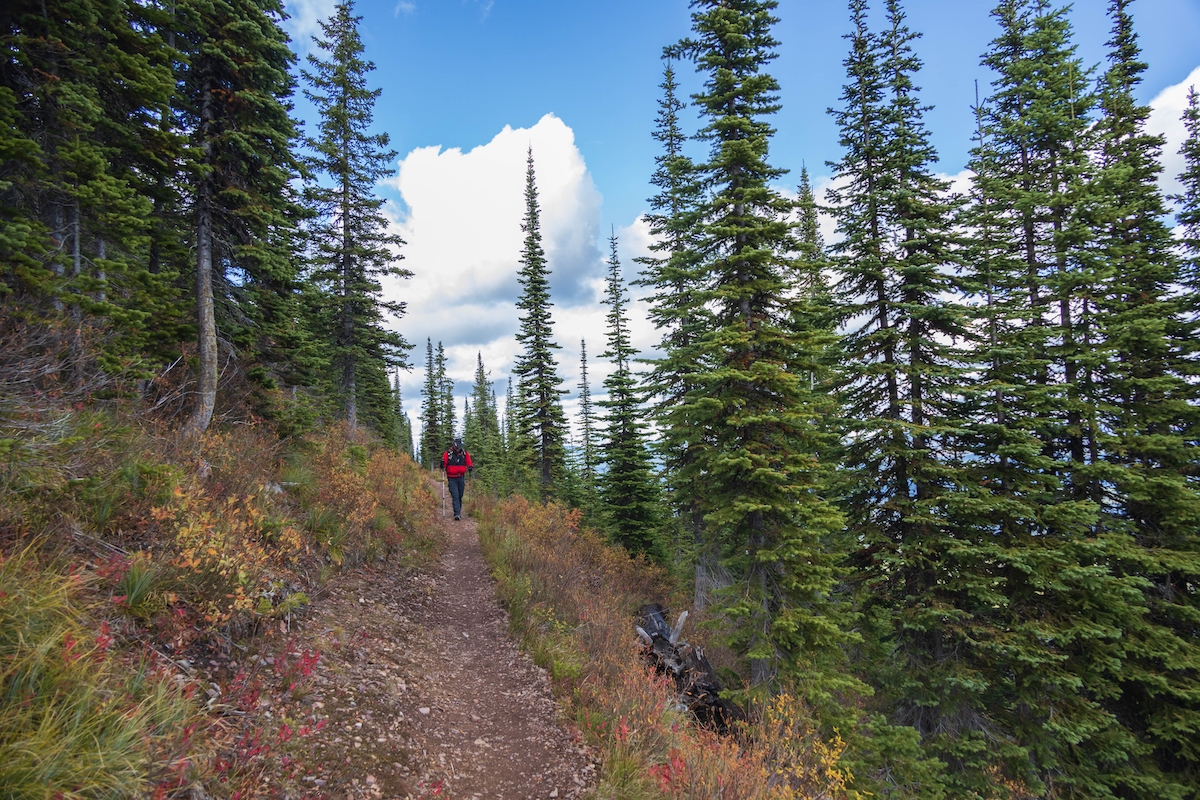
For a spectacular hike in Glacier National Park, head to the Huckleberry Trail. This three-mile loop is known for its stunning views of alpine meadows and the surrounding mountain ranges.
The trail passes through several old-growth forests and leads to an area with abundant huckleberry bushes, making it a great spot for wildlife viewing.
It is important to remember that these trails can be extremely slippery and hazardous during wet weather, so always check the forecast before setting out and wear appropriate footwear.
The Huckleberry Trail offers a wonderful opportunity for hikers of all skill levels to experience Glacier National Park’s breathtaking landscape from up close.
From stunning mountain views to lush vegetation, this trail is an unforgettable journey through nature.
Take your time to explore the area and marvel at the beauty of this wild national park. You will not be disappointed!
13. Muir Snowfield in Mount Rainer National Park, Washington
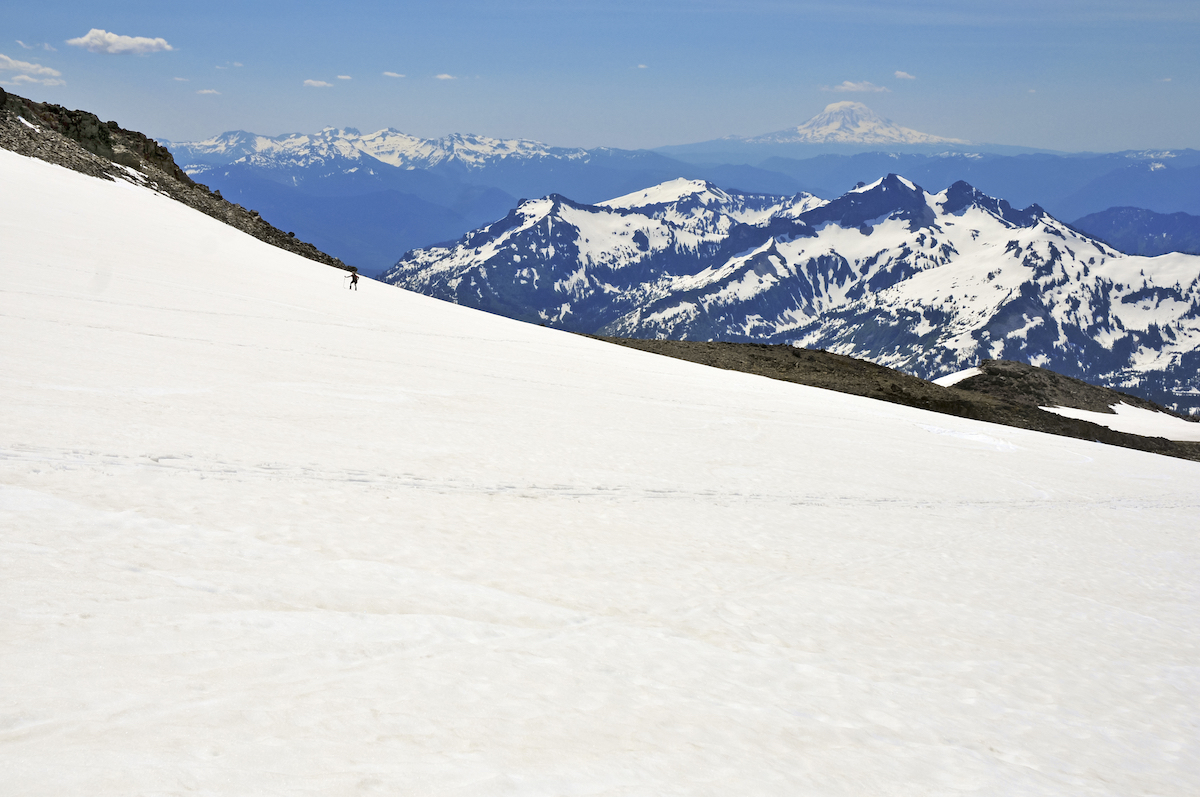
The Muir Snowfield is a thrilling hike located in Mount Rainier National Park.
This 14-mile round trip involves climbing 5,200 feet and offers stunning views of alpine lakes and meadows surrounded by majestic mountains. The trail ascends up to the mountain’s summit, where you can observe snow-covered glaciers and an abundance of wildlife.
It is important to note that this hike can be extremely dangerous due to the unpredictable weather conditions and is recommended only for experienced hikers.
Be sure to check the forecast, wear appropriate footwear, bring plenty of food and water, and always carry a map with you in case of emergency.
The Muir Snowfield is an unforgettable experience for anyone who’s looking for an awe-inspiring adventure in the rugged and wild terrain of Mount Rainier National Park.
Make sure to take your time to enjoy the views and take in the beauty of this breathtaking landscape. It will be a journey you’ll never forget!
14. Barr Trail in Pikes Peak, Colorado
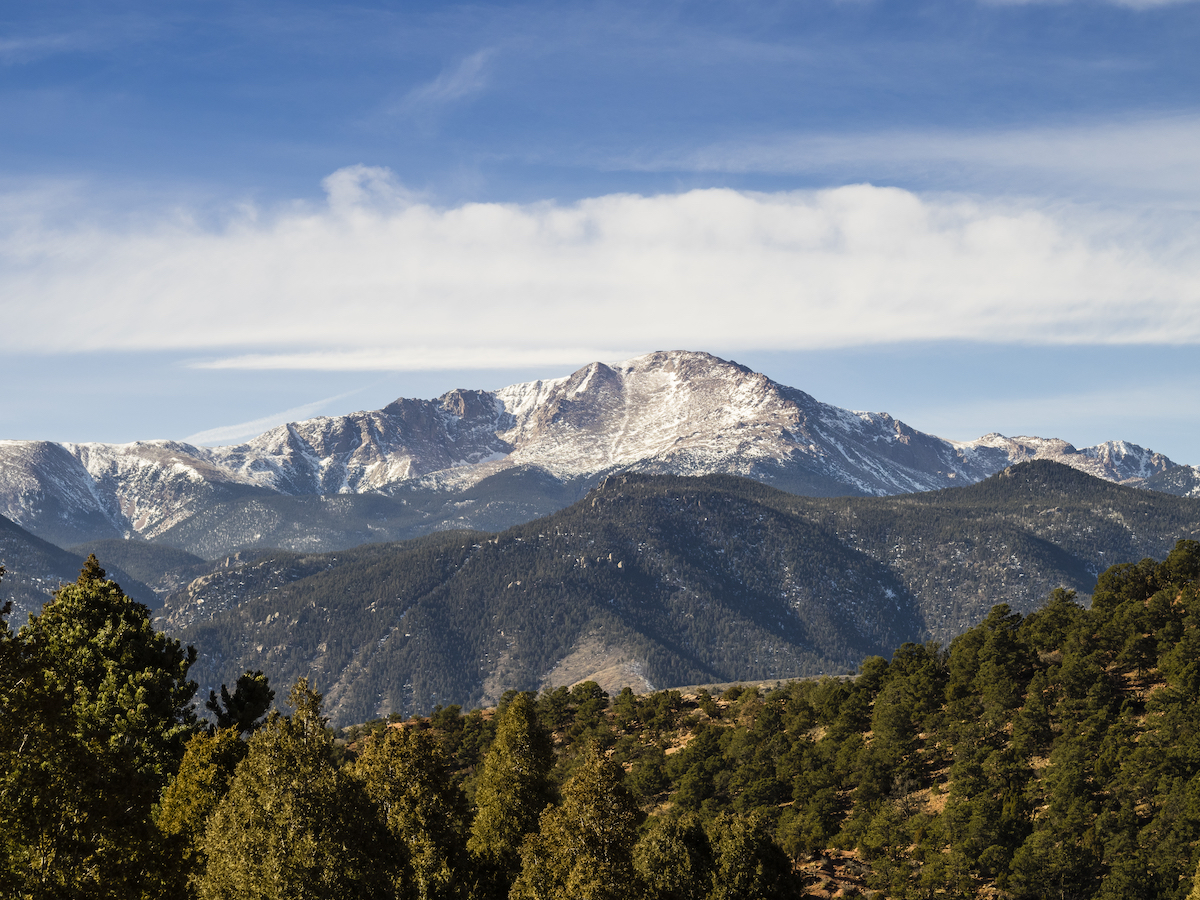
For a thrilling adventure in the Rocky Mountains, head to Barr Trail in Pikes Peak.
This 13-mile round trip trail passes through dense forests and meadows before leading up to an elevation of 14,115 feet. You can admire stunning views of mountain ridges and alpine lakes along the way.
The trail is extremely steep and can be hazardous due to the unpredictable weather conditions.
It is important to note that this hike is unsuitable for beginners and requires you to check the forecast, wear appropriate footwear, carry enough food and water in an emergency, and always stay alert for wildlife.
The Barr Trail offers an unforgettable journey through some of Colorado’s most majestic landscapes. From stunning mountain views to lush vegetation, it’s an amazing adventure that will leave you in awe.
15. Precipice Trail in Acadia National Park, Maine
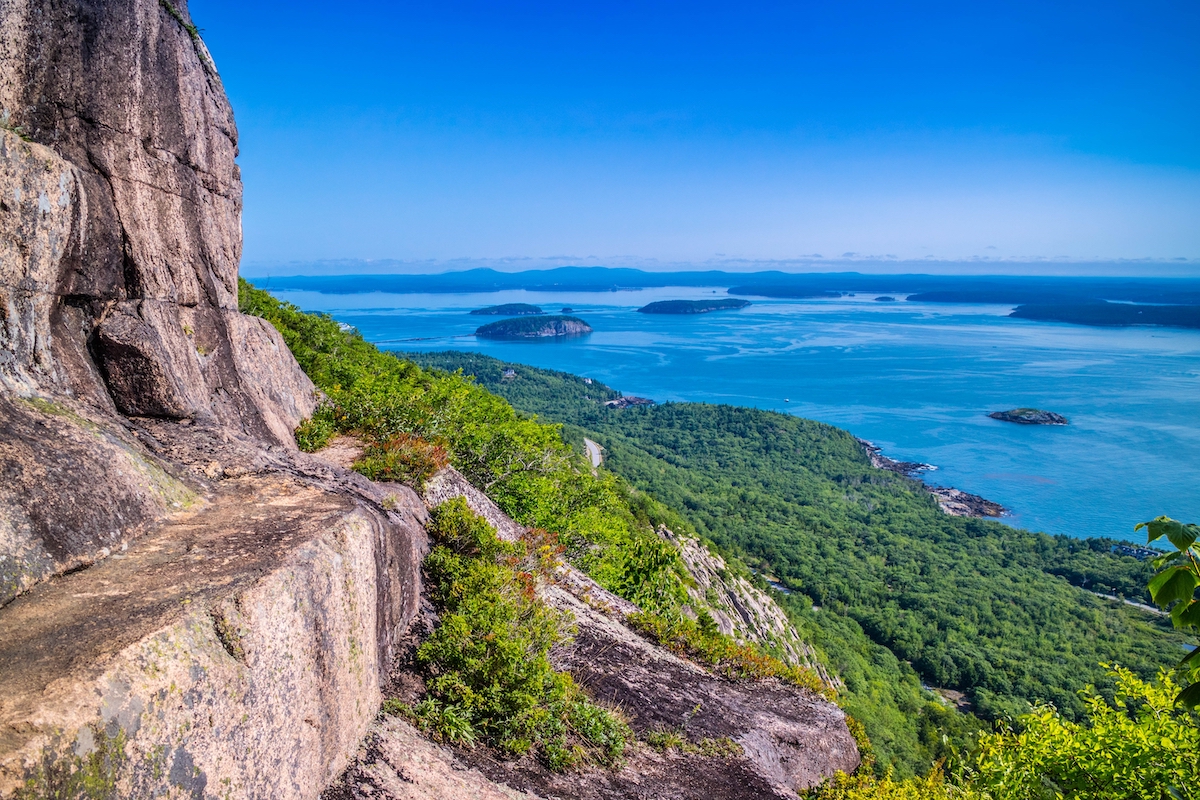
For those looking for a thrilling hike in the Northeast, head to Precipice Trail in Acadia National Park.
This 4-mile loop is one of the most popular trails in the park and takes you up a series of steep ledges and exposed cliffs with stunning views of the ocean below.
The trail features steel rungs and ladders to help with the ascent and descent.
It is important to note that this hike can be extremely dangerous due to its exposed terrain, so make sure you check the weather forecast before setting out, wear appropriate footwear, bring enough water and snacks in case of emergency, and always follow safety guidelines.
Precipice Trail offers an unforgettable experience for any adventurous hiker. From its stunning ocean views to its awe-inspiring rock formations, it’s a journey you won’t soon forget!
16. Presidential Traverse Trail in White Mountain National Forest, New Hampshire
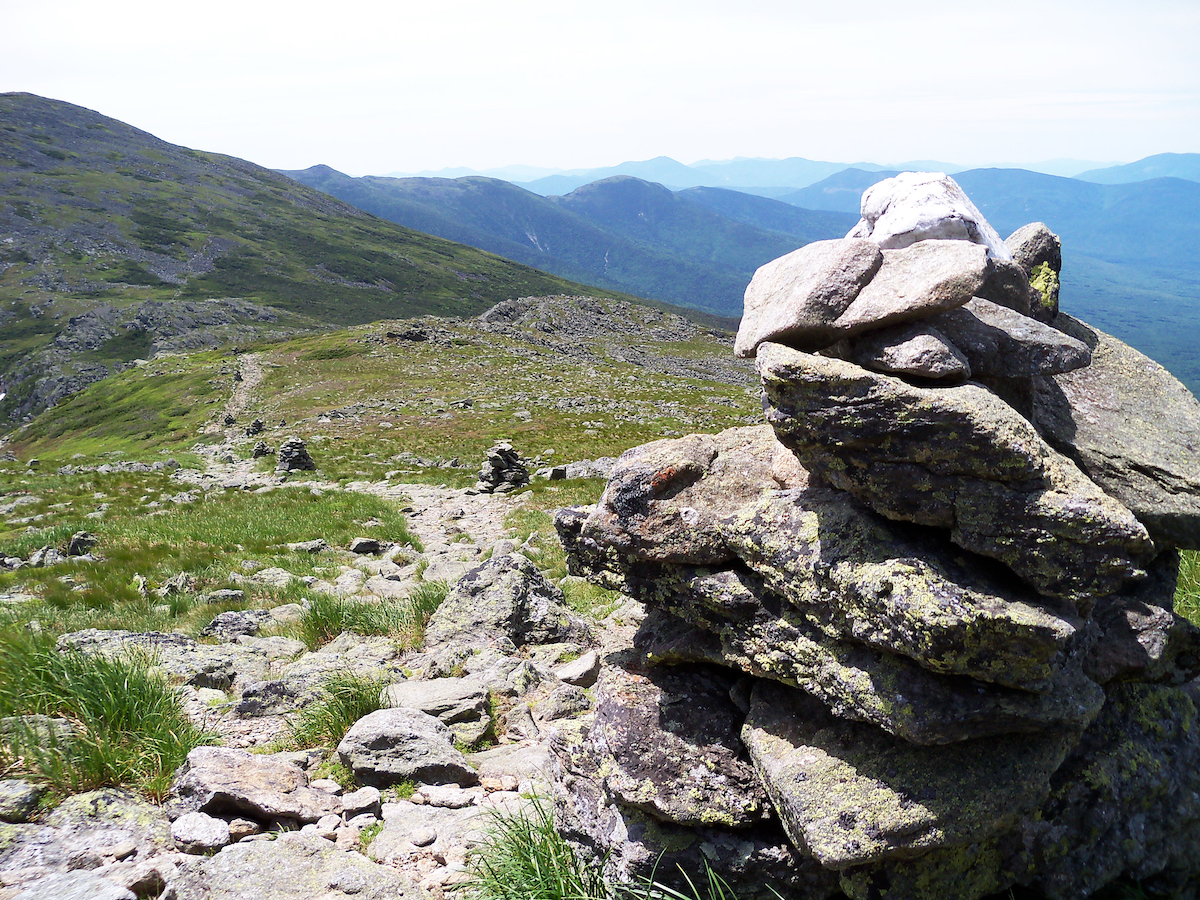
For a thrilling adventure in the White Mountains, take on the Presidential Traverse Trail.
This strenuous three-day trail passes through some of New Hampshire’s most rugged and remote terrain before leading to an elevation of 6,288 feet.
You will be rewarded with stunning views of alpine meadows, mountain ridges, cascading waterfalls and glaciers.
Due to its length and elevation gain, the Presidential Traverse is recommended only for experienced hikers who are physically and mentally prepared for the challenge.
It’s important to always carry a map with you, wear appropriate footwear, bring enough food and water in case of emergency, and never hike alone.
The Presidential Traverse Trail offers an unforgettable journey through some of New Hampshire’s most spectacular landscapes.
From its stunning mountain views to its lush vegetation, it’s a journey you won’t soon forget!
Safety Preparations
Proper Gear
Before embarking on any dangerous hike, it’s crucial to have the right equipment.
Wearing appropriate footwear like hiking boots with good traction is essential to prevent slipping, especially on steep or uneven terrain.
Also, pack weather-appropriate clothing to stay warm and dry during the hike. Don’t forget essentials like:
- A sun hat and sunscreen for sun protection
- A map, compass, or GPS device for navigation
- A headlamp and extra batteries for visibility in the dark
- A first aid kit for any injuries that may occur
- Adequate food and water supplies
Fitness Requirements
Before tackling any challenging hike, you should assess your physical fitness level. Many of the most dangerous hikes require a high degree of strength, endurance, and balance.
It’s important to train beforehand to build up these skills. Include cardio exercises and strength training in your routine to prepare your body for the demanding trek ahead.
Keep in mind that if you’re not in proper shape, it’s better to choose a less challenging hike to avoid potential injuries or accidents.
Emergency Plans
When hiking on dangerous trails, it’s important to have a solid emergency plan in place. Inform friends or family members of your hiking itinerary and expected return date, so they can alert the appropriate authorities if you don’t arrive back on time.
Research the area to identify potential hazards, such as wildlife encounters or changing weather conditions.
If possible, hike with a partner or group for added safety and support.
Furthermore, familiarize yourself with basic wilderness survival skills just in case you get lost or face an unexpected situation during your adventure.
Experiencing the Thrill Responsibly
Leave No Trace Principles
When embarking on one of the most dangerous hikes in the U.S., it is important to follow the Leave No Trace principles. These guidelines help protect the environment and ensure a positive experience for all hikers.
- Plan Ahead and Prepare: Research the area you will be hiking in, check for any regulations, and ensure you have the necessary equipment and skills.
- Travel and Camp on Durable Surfaces: Stick to designated trails and campsites, and avoid trampling on fragile vegetation.
- Dispose of Waste Properly: Pack out all trash, including food waste and biodegradable materials.
- Leave What You Find: Do not pick plants or remove rocks; leave natural and cultural features undisturbed.
- Minimize Campfire Impact: Use a camp stove instead of making a fire, and if fires are allowed, use established fire rings.
- Respect Wildlife: Observe animals from a distance, do not feed them, and store food and trash securely.
- Be Considerate of Other Visitors: Keep noise levels down, yield the trail to others, and follow posted rules.
Respecting Wildlife
During your hike, you may encounter various wild animals, such as bears, mountain lions, or snakes. To ensure your safety and the well-being of wildlife, take the following precautions:
- Maintain a safe distance from animals, and never approach or attempt to touch them.
- Do not feed wildlife, as this can encourage dangerous behaviors and harm their health.
- Keep your food, trash, and scented items secured in bear-resistant containers when in bear country.
- Make noise while hiking to avoid surprising animals, but avoid loud, disruptive sounds that can disturb them.
- Stay on designated trails to minimize impacts on wildlife and their habitats.
Preserving the Trail
The integrity of hiking trails is crucial for both the environment and the safety of hikers. To help preserve the trail, follow these guidelines:
- Stay on designated paths, even if they are muddy or wet, and avoid creating shortcuts or new trails.
- Practice proper trail etiquette by yielding to other users and groups when appropriate.
- Report any trail issues or maintenance needs to land managers or local authorities.
- Participate in trail maintenance or cleanup events if you are able, to give back to the community and maintain the beauty of these challenging trails.
By following these guidelines and respecting the environment, you can enjoy the thrill of the most dangerous hikes in the U.S. responsibly and safely. Happy hiking!

